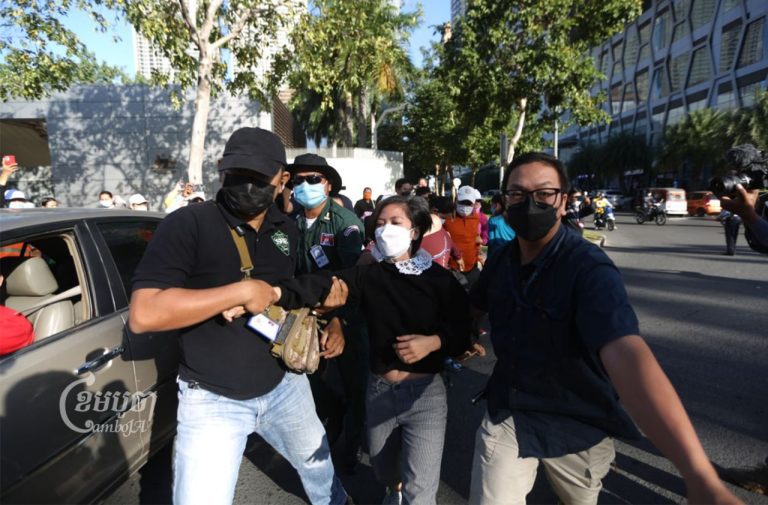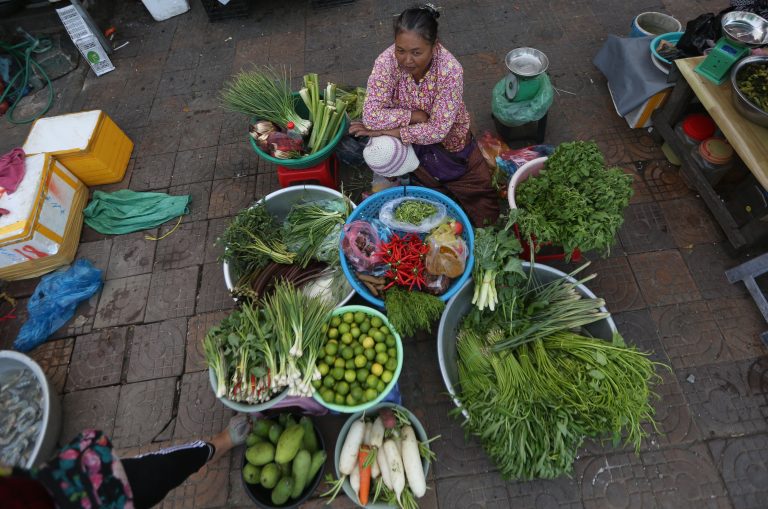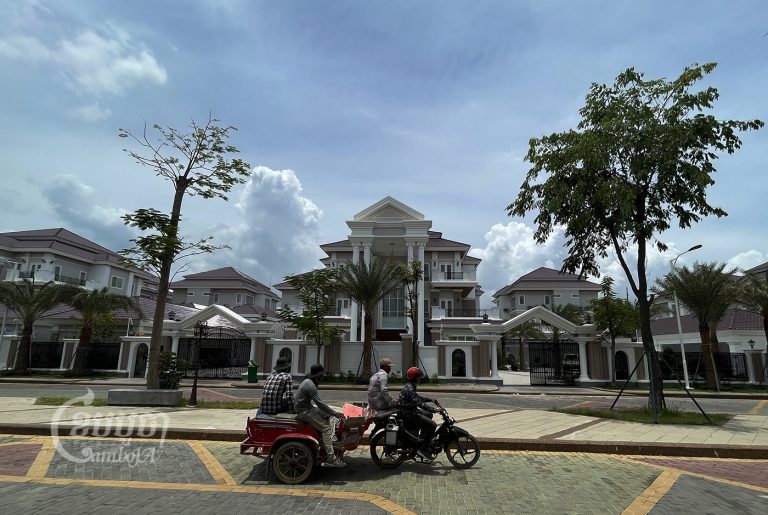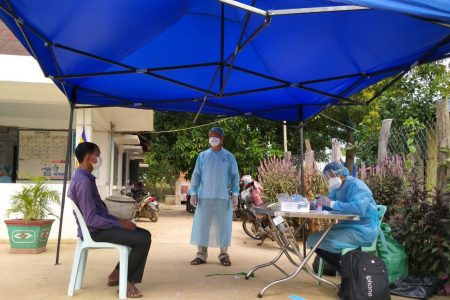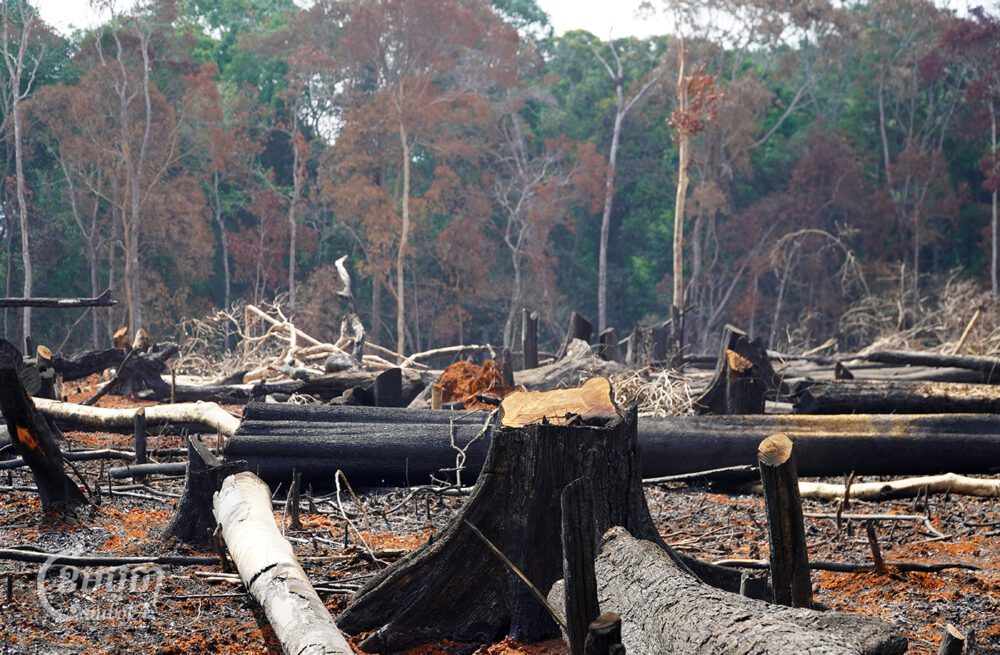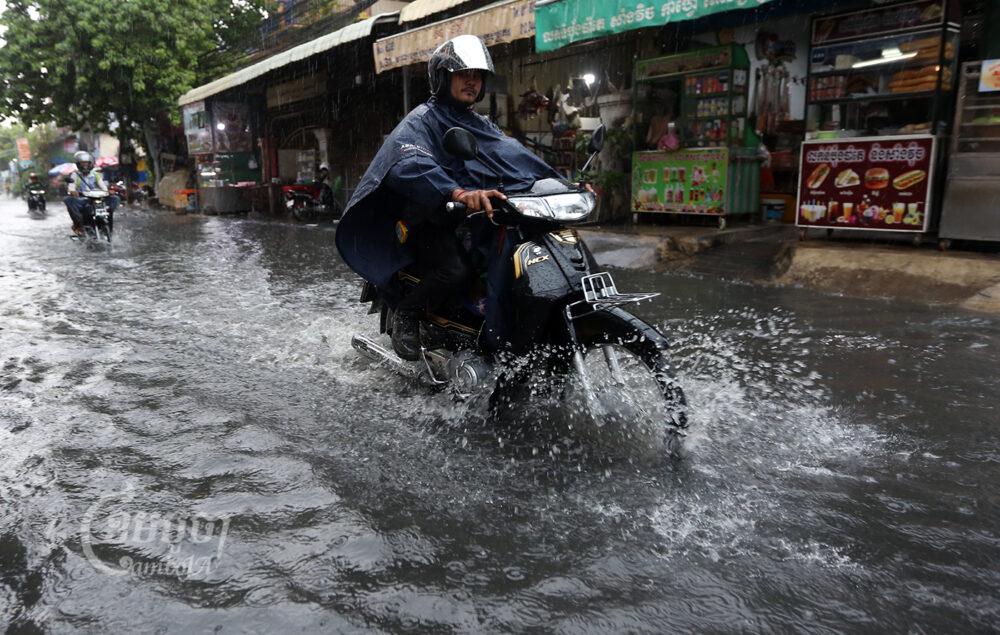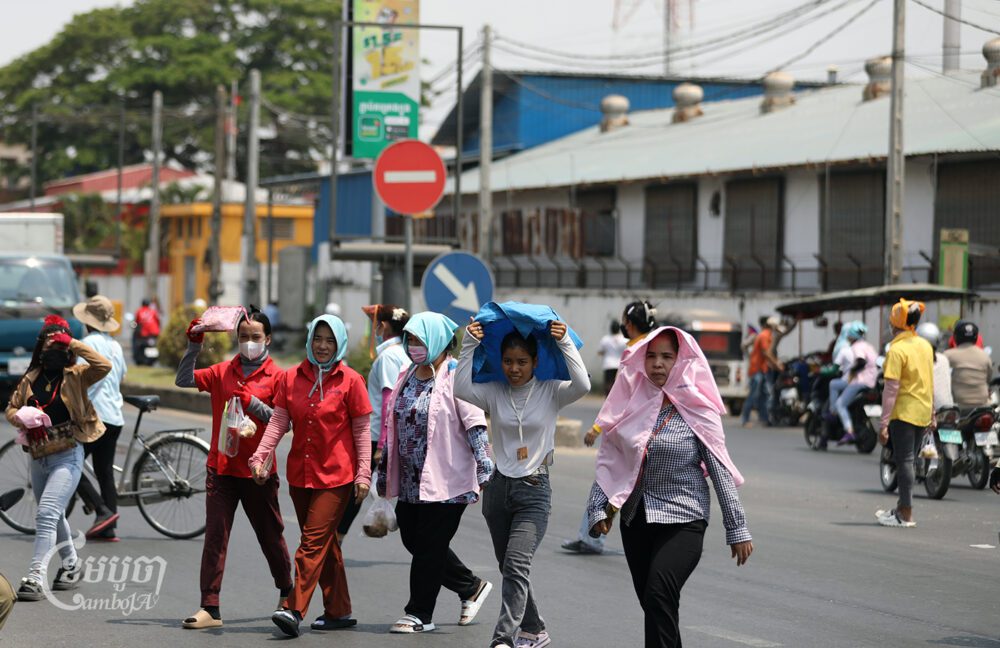With the pandemic continuing to impact production costs, smallholder farmers say they are struggling to repay debt to banks and microfinance institutions, and pulling their children out of school to make ends meet.
Speaking at the National People Summit on Food System, an online event held Monday, Men Davy, vice president of the Mean Chey community in Svay Rieng province, said many in her community are struggling at every stage of the farming cycle. She cited high production expenses and variable crop prices as key challenges.
“Before the COVID-19 pandemic, rice could be sold at 1000 riels [per kilo] or higher than this, but now it can be sold around 900 riels to 950 riels only. To survive in this desperate situation, some of us have borrowed loans from the bank to cover the expenses,” she said. “And to be able to pay off the bank debts, some families in my community have decided to let their children drop out of school in order to help them find more income.”
Sing Net, a rice farmer from Preah Sihanouk province, told CamboJA that he has failed to turn a profit in the past five years as production costs such as seeds, pesticides, and machinery rental keep rising. During the pandemic, Net said, the situation is getting worse now.
“To me, I personally think farming is certainly unprofitable. I have no other jobs but farming, so I just go with the flow,”he said.
A recent study by Ponlok Khmer and four other organizations found that about 40 percent of smallholder farmers are indebted to banks and microfinance. The research was based on interviews with 97 farmers in six provinces.
The associate researcher of this study Ang Cheatlom said medium-sized farmers, too, who grow agro-industrial crops such as rubber or cashews are suffering severe financial difficulties since the price of those crops have dropped as exports have decreased amid the pandemic.
“Farmers fall into debt because they [need to] cover higher production costs,” he said. “The government does not pay enough attention to help farmers in finding markets and protecting local agricultural products.”
According to the report, more than 92 percent of farmers who had been interviewed said the price was set by brokers and did not benefit small farmers.
About 27.84 percent of smallholder farmers are practicing modern agriculture while 62.89 percent practice semi-traditional and semi-modern agriculture. The rest have continued to practice traditional agriculture, said the report.
Ministry of Agriculture’s spokesman, Srey Vuthy said that the ministry has supported farmers by providing technical assistance to improve their livelihoods during the pandemic.
‘’We have done a lot of activities in helping local farmers such as sharing important agricultural techniques in different provinces across the country,” he said.
In June, a report released in June by rights groups Equitable Cambodia and Licadho found that Cambodians hold more than $11.8 billion in microfinance debt.
“The majority of these loans are collateralized with borrowers’ land titles, posing a risk to borrowers’ land tenure security,” noted the report.
The report, “Right to Relief,” presented case studies of residents in 14 communities across eight provinces who have been struggling with debt, finding that people frequently borrowed money to repay other loans, or to fund healthcare, agriculture, or education.
By the end of 2020 the average microloan in Cambodia was for about $4,280, “the highest amount in the world and more than the annual income of 95% of Cambodians in that year,” noted the study.
Experts say that insufficient infrastructure, human resources, and government support have impacted farmers’ ability to earn a living wage.
Meas Ny, an independent analyst, noted that Cambodia has only about 20 percent of agricultural land irrigated compared with almost 70 percent in Vietnam and Thailand.
“The government should have a policy to protect the interests of Cambodian farmers by carefully analyzing the food production system and finding solutions to make it easier for farmers to engage in agriculture,” he said. “The main water sources are now owned by private companies under various development projects rather than agriculture so that the production cost will increase accordingly. And currently, the rising gasoline price is adding more burden on farmers.”
He said the Ministry of Agriculture should work with farmers in increasing agricultural production capacity to meet local demand and reduce a reliance on low-cost imports.




